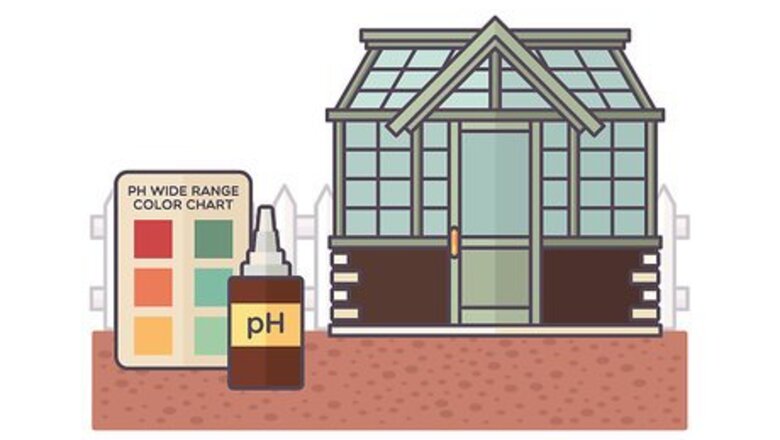
views
Establishing a Location for Planting
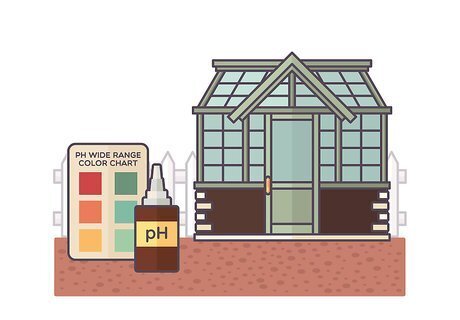
Establish a soil pH between 6 and 7. Most herbs, fruits, and vegetables thrive in soil with a pH level between 6 and 7. Test your soil's pH level using a testing kit, which you can buy online or from a greenhouse. After getting a reading, adjust the soil as necessary. To raise pH, mix limestone into your soil. To lower it, mix in sulfur. You can purchase limestone and sulfur in powder or pellet form at your local garden center. Limestone and sulfur should be mixed in with the top 6 inches (15.2 centimeters) of your soil. The precise amount you use depends on the soil you're treating, so refer to package instructions. Cucumbers and tomatoes thrive best when the soil is neutral (pH 7).
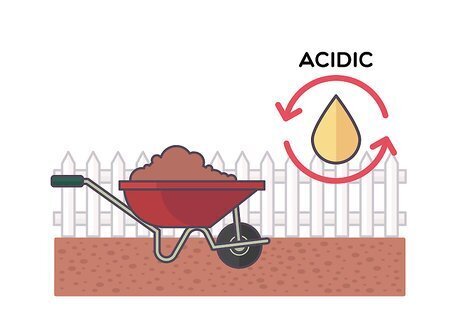
Create a small section of acidic soil. While most of your garden needs neutral or slightly acidic soil, some plants, such as blueberries and watermelons, flourish when the pH is a little lower. Reserve a small section of your garden for these plants, where the pH of the soil is between 4 and 6.
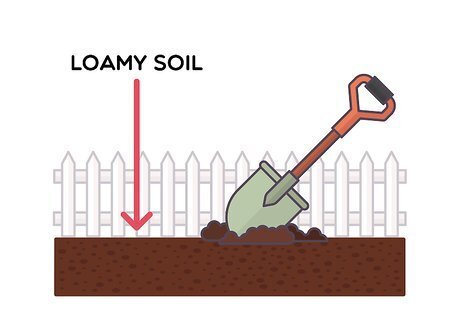
Use an area with loamy soil. Dig into the ground in various parts of your yard searching for loamy soil. This kind of soil should be easy to dig up, so stay away from areas where the ground is hard. Also look for soil that holds its shape when you squeeze it, as this is ideal for gardening. If your soil is mostly heavy clay or sand, mix in some organic matter, such as compost or manure, to make it more loamy.
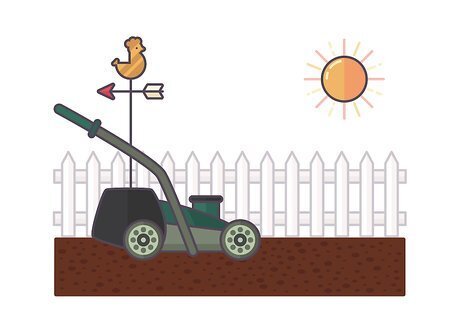
Find a sunny location. Most fruits, vegetables, and herbs require plenty of sun to be healthy. When choosing a spot for your cocktail garden, go with an area not blocked by shade from tall trees, bushes, or other plants. The amounts of needed sunlight vary, but most herbs, fruits, and vegetables benefit from around 6-8 hours daily. Basil can thrive on slightly less sun than other herbs. If you live in a harsh summer climate, provide your herbs with some afternoon shade to prevent scorching.
Planting Herbs
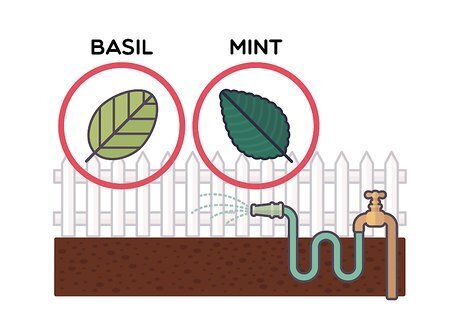
Choose moist soil for basil and mint. Basil and mint are both used in cocktails and are an excellent addition to a cocktail garden. Both thrive in moist soil, so choose damper areas of your garden to plant them. Basil tends to do better in soil that is both moist and well-drained. Mint tends to do best in covered soil, so you should cover your soil with a small amount of mulch after planting mint.
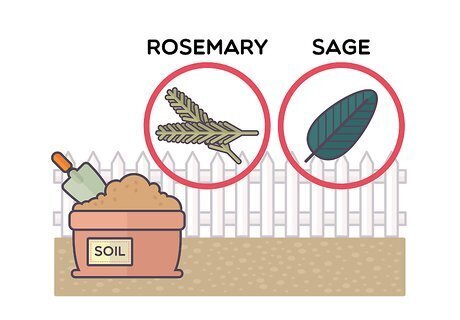
Choose drier locations for rosemary and sage. Rosemary and sage are other herbs frequently used in cocktails and a great addition to a cocktail garden. Plant these seeds in areas of the garden that are a little drier, saving the moister parts of the garden for herbs like basil and mint.
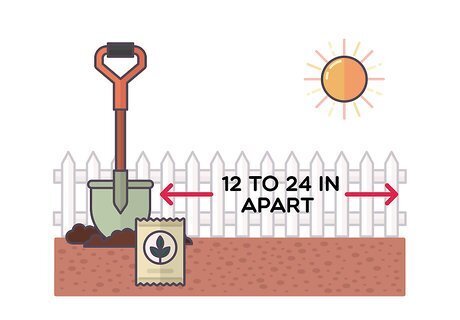
Plant your seeds with proper spacing. Herbs need different amounts of space to thrive. When planting your seeds, make sure you give each herb proper spacing. Basil seeds should be planted 12 to 24 inches apart (about 30 to 60 centimeters). Rosemary grows in thick hedges, so plant your seeds about 3 feet apart (about 1 meter). Sage grows in bushes, so plant your seeds about 24 to 36 inches apart (about 60 to 91 centimeters). Many types of mint will outgrow their space quickly. Plant mint in a plastic pot in the ground with about 2 inches (5.1 cm) of the rim above the soil or in an above-ground planter to ensure that it won’t take over the garden.
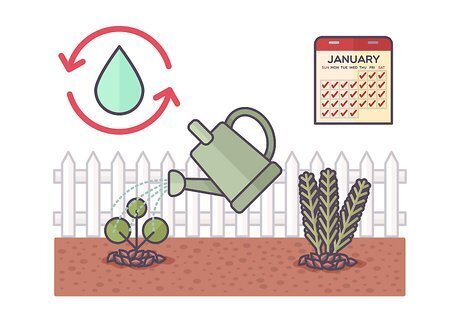
Water your herbs regularly. Sage, rosemary, and basil only require watering when the soil becomes dry to the touch. Monitor the soil of these plants and water as needed. With mint, however, water every day so the soil stays consistently moist.
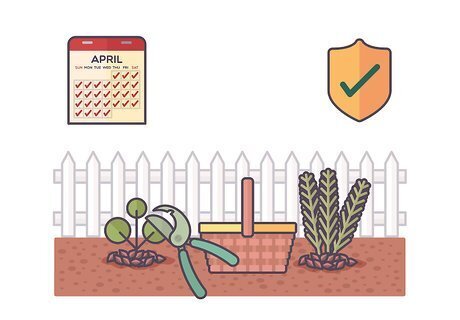
Harvest your herbs when ready. Most of your herbs can be harvested as necessary once they begin to grow. For best taste, harvest herbs just before they begin to flower. Harvest basil and mint by snipping their stems just before the point where 2 large leaves meet. Clip off the pine needle leave portions of rosemary as necessary. Make sure never to clip an entire rosemary stem away. Clip sage in the morning, just after the dew as dried. Take sage leaves as needed, clipping the leaves at the point where two leaves meet.
Planting Fruits and Vegetables
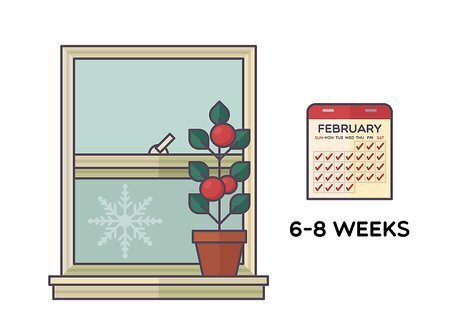
Start growing cucumbers and tomatoes indoors first. If you're planting cucumbers and tomatoes in your cocktail garden, start off from seed by growing them indoors in pots with potting soil 6-8 weeks before the last frost of the season. After a few weeks, you can transport these plants into your garden. Cucumbers require a lot of space, so make sure to plant them between 36 and 60 inches apart (about 91 to 152 centimeters).
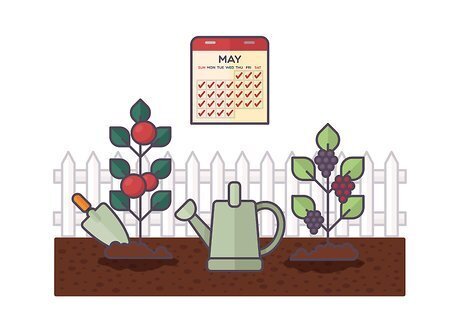
Start planting other fruits and veggies in the spring. The vast majority of fruits and vegetables should be planted in spring, after frost has passed. This may prevent them from dying as a result of not being established enough to endure cold weather conditions.

Provide mulch. Most fruits and vegetables require a layer of mulch kept on the ground nearby. Provide a 2-4 inch (5 to 10 centimeter) layer of materials, like wood chips, straw, or pine needles, to protect your plants.
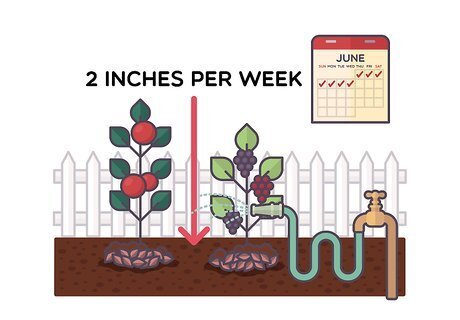
Water your plants properly. Regular watering will help your fruits and vegetables grow to maturation. Make sure to water your fruits and vegetables according to their type to encourage them to thrive. Blueberries and tomatoes need 2 inches (5 cm) of water per week. Watermelon thrives with 1 to 2 inches (2.5-5 cm) of water per week. Cucumbers should be watered each day in the morning or afternoon.
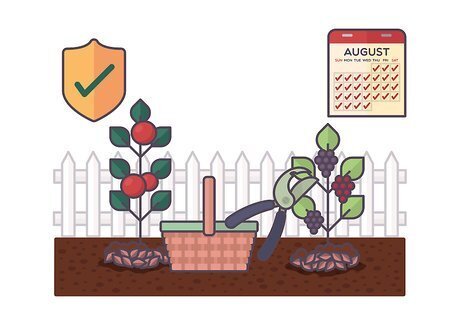
Harvest your fruits and vegetables properly. Once fruits and vegetables begin to grow, you can begin harvesting your plants. When you harvest your plants, you can then use the fruits and vegetables in a variety of cocktails. Watermelons are ripe when they feel hollow when tapped and there is little color contrast between the stripes near the top. Remove watermelon from the branch by cutting it off from the stem with a sharp knife. Harvest cucumbers once they're 4-6 inches (about 10-15 cm) long. You can simply pick cucumbers from the branch to harvest. Tomatoes should remain on the vine as long as possible. Tomatoes come in different colors, so pick yours when they reach a deep shade of the appropriate color. Blueberries are usually ready to pick between July and August. Pick the berries a few days after they turn blue.


















Comments
0 comment